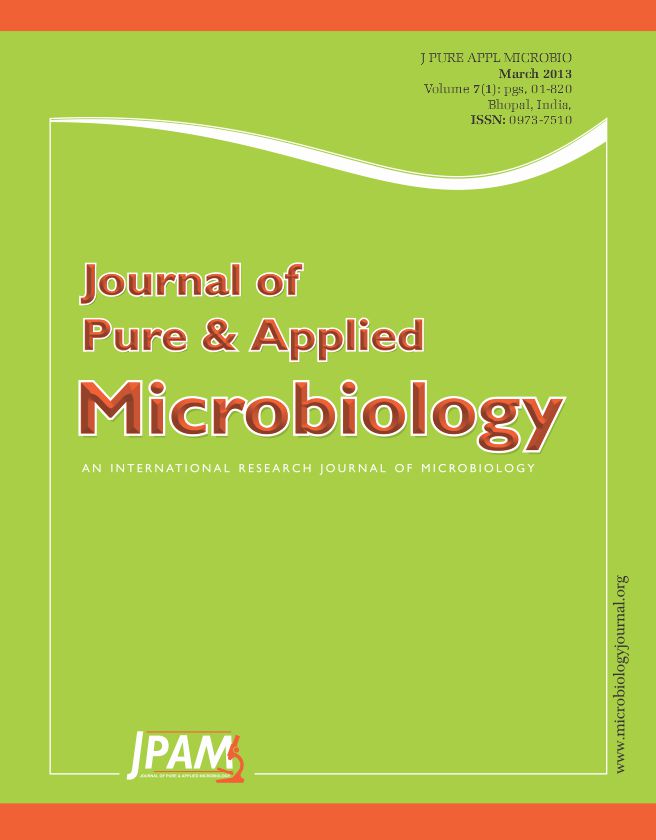Mycotoxin production and pathogenicity of Penicillium spp. involved in apple blue mold were investigated. Twenty four isolates representing nine species recovered from blue moldy apple samples were used. Mycotoxin production of these isolates was assayed using HPLC. Statistical analysis of pathogenicity test was undertaken and LSD was used to compare means. Mycotoxin assay revealed that all isolates were capable of producing patulin in their culture media with the highest production (19.70 ppm) from Penicillium griseofulvum isolate No. 14. In respect of other mycotoxins, Penicillium puberulum isolate No. 17 was the highest producer of citrinin (21.63 ppm), while Penicillium verrucosum isolate No. 22 was the highest producer of penicillic acid (8 ppm). Pathogenicity test revealed that all Penicillium isolates were pathogenic, exhibiting variable disease severity toward infested apple fruits. This study showed that all tested Penicillium isolates were virulent for apple fruits and in vitro toxigenic, capable of producing patulin, the characteristic mycotoxin of Penicillium species.
Apples, Penicillium, HPLC, Mycotoxins
© The Author(s) 2014. Open Access. This article is distributed under the terms of the Creative Commons Attribution 4.0 International License which permits unrestricted use, sharing, distribution, and reproduction in any medium, provided you give appropriate credit to the original author(s) and the source, provide a link to the Creative Commons license, and indicate if changes were made.


